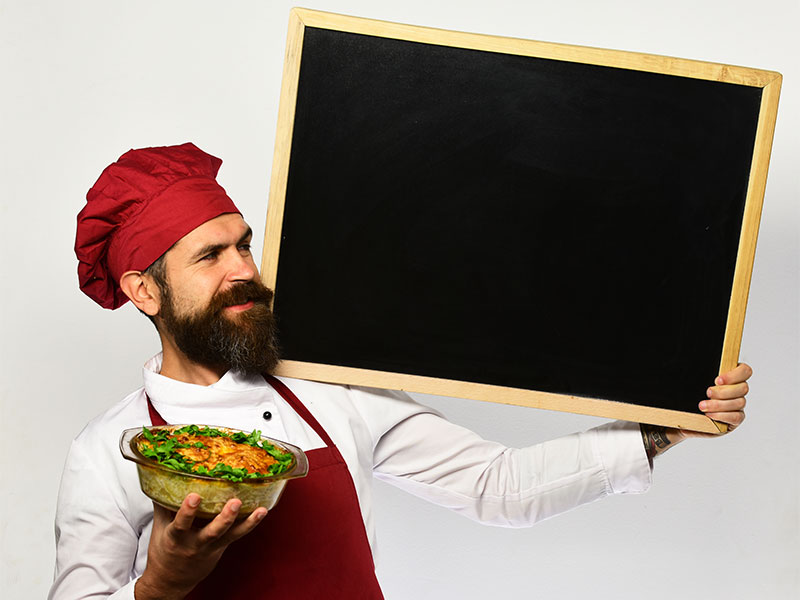
Picture this: It’s 7 PM on a Friday, and someone’s searching “best Italian restaurant near me” on their phone. Will your restaurant show up in those coveted top 3 local results, or will your competitor steal that hungry customer? The answer lies in how well you’ve optimized your Google My Business for restaurants profile. If you’re a restaurant owner struggling to fill empty tables despite serving incredible food, you’re not alone. The secret isn’t just great cuisine—it’s making sure people can actually find you online. This complete setup guide will show you exactly how to transform your Google My Business listing into a traffic-generating powerhouse that doubles your local visibility.
Why Google My Business Is Your Restaurant’s Best Friend?
Think of Google My Business as your restaurant’s digital storefront. When 97% of consumers search online for local businesses, your GMB profile is often their first impression of your establishment. It’s like having a 24/7 marketing assistant that never takes a sick day.
Restaurant owners who master their GMB listings see an average increase of 70% in local search visibility. That’s not just numbers—that’s real customers walking through your doors, choosing your pasta over the place down the street.
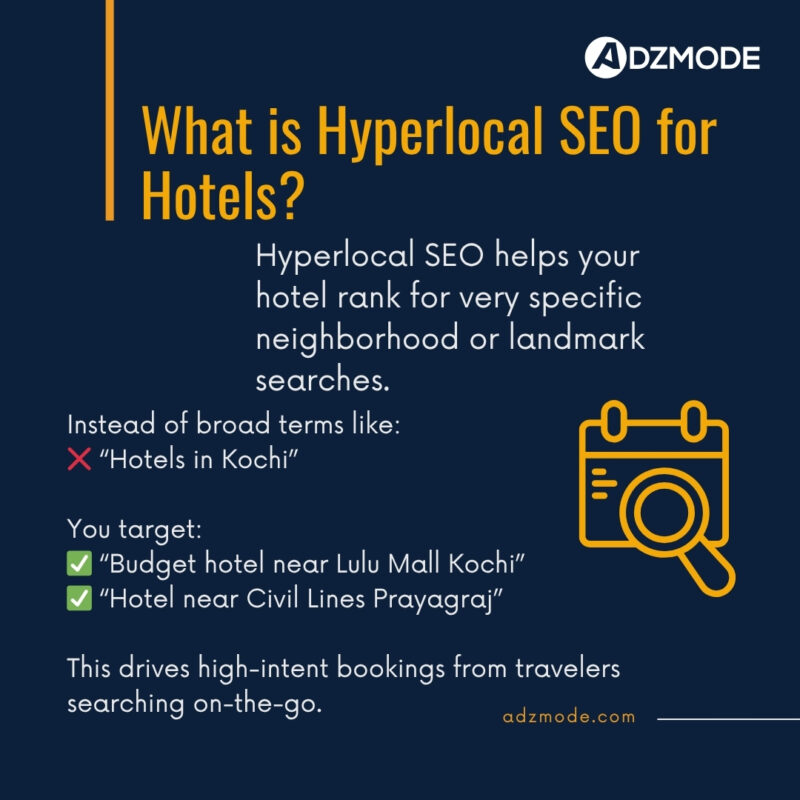
Setting Up Your Google My Business Profile: The Foundation
Step 1: Claim Your Business Listing
Head to google.com/business and search for your restaurant. If you find an existing listing, claim it. If not, create a new one. This is like planting a flag in digital territory—you’re telling Google, “This is mine, and I’m the authority here.”
Pro tip: Use your exact business name as it appears on your storefront. Consistency is key in the digital world.
Step 2: Complete Every Single Field
Here’s where most restaurants drop the ball. They fill out the basics and call it done. But Google rewards completeness. Think of each empty field as a missed opportunity to connect with potential customers.
Essential fields to complete:
- Business name and address
- Phone number (use a local number when possible)
- Website URL
- Business category (choose “Restaurant” as primary)
- Business hours (including special holiday hours)
- Price range ($ to $$$$)
Step 3: Craft a Compelling Business Description
Your description should read like a warm invitation, not a robotic list of services. Share your story—what makes your restaurant special? Are you family-owned for three generations? Do you source ingredients from local farms?
Example: “Experience authentic Italian flavors in our cozy downtown trattoria. Our handmade pasta recipes have been passed down through four generations, paired with wines carefully selected from small Italian vineyards.”
chatbots in modern digital marketing
The Photo Strategy That Converts Browsers Into Diners
Photos are your silent salespeople. Restaurants with 100+ photos receive 520% more calls and 2,700% more direction requests than those with fewer images.
What Photos to Include:
- Exterior shots: Show your welcoming entrance and outdoor seating
- Interior ambiance: Capture the mood and atmosphere
- Food photography: High-quality images of your signature dishes
- Team photos: Put faces to the names—people connect with people
- Behind-the-scenes: Show your clean kitchen and food preparation
Photography tip: Natural lighting is your friend. Take photos during golden hour or near large windows for that Instagram-worthy glow.
Posts: Your Secret Weapon for Staying Top-of-Mind
Google My Business posts are like mini-advertisements that appear directly in your listing. They’re perfect for announcing daily specials, new menu items, or upcoming events.
Post types that drive engagement:
- Offer posts: “20% off all appetizers this Tuesday!”
- Event posts: “Live jazz every Friday night”
- Product posts: Showcase new seasonal menu items
- Update posts: Share restaurant news or achievements
Post consistently—aim for 2-3 times per week. Fresh content signals to Google that your business is active and engaged. A comprehensive digital strategy should also include social media marketing. The best social media marketing agency can help you create engaging content that drives traffic from platforms like Instagram and Facebook directly to your Google My Business listing, creating a powerful synergy that amplifies your local visibility.
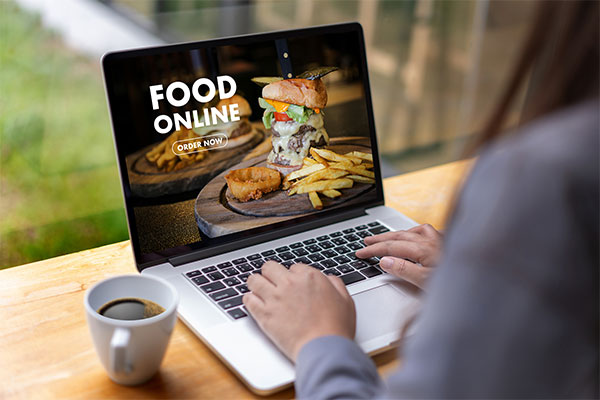
Managing Reviews Like a Customer Service Champion
Reviews are digital word-of-mouth, and they can make or break your restaurant’s reputation. A single negative review can cost you up to 30 customers, but a well-handled response can actually build trust.
The Review Response Formula:
For positive reviews:
- Thank the customer by name
- Mention specific details from their review
- Invite them back
For negative reviews:
- Stay professional and empathetic
- Acknowledge their concerns
- Offer to resolve the issue offline
Example negative review response:
“Hi Sarah, thank you for taking the time to share your feedback. I’m truly sorry your dining experience didn’t meet expectations. I’d love the opportunity to make this right—please call me directly at [phone number] so we can discuss how to improve your next visit.”
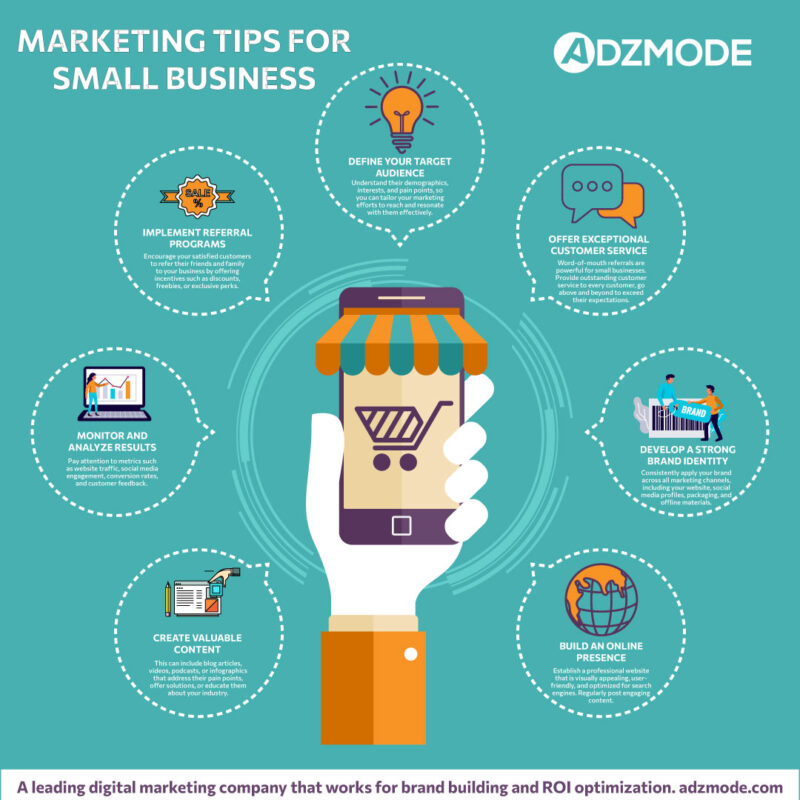
Advanced GMB Features That Set You Apart
- Google Reservations Integration
If you use OpenTable or Resy, integrate it with your GMB profile. This creates a seamless booking experience right from search results.
2. Menu Integration
Upload your menu directly to GMB or link to your online menu. This saves customers an extra step and provides crucial information upfront.
3. Google Q&A Section
Monitor and respond to customer questions. Common questions include parking availability, dietary accommodations, and reservation policies.
Measuring Success: KPIs That Matter
Track these metrics monthly to gauge your GMB performance:
- Search views: How often your listing appears in searches
- Map views: How many people viewed your business on Google Maps
- Profile visits: Total visits to your GMB profile
- Direction requests: People asking for directions to your restaurant
- Phone calls: Direct calls from your GMB listing
- Website clicks: Traffic driven to your website from GMB
A well-optimized profile should show steady growth in all these areas. To maximize your restaurant’s online presence, consider partnering with the best digital marketing agency in India that understands the unique challenges restaurants face in the digital landscape.
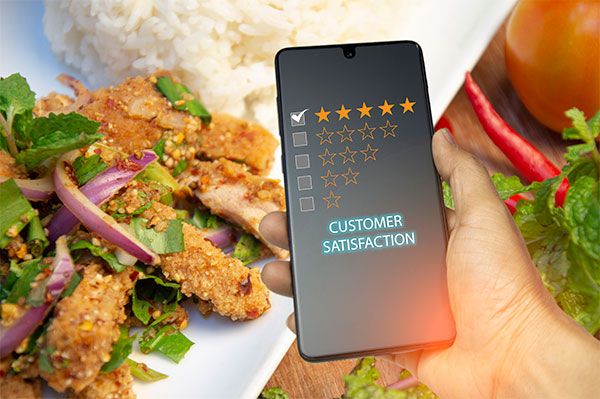
Local SEO Optimization Beyond the Basics
1. NAP Consistency
Your Name, Address, and Phone number must be identical across all online platforms. Even small discrepancies can confuse Google and hurt your rankings.
2. Local Keywords Integration
Naturally incorporate location-based keywords into your business description and posts. For example: “downtown Phoenix steakhouse” or “family restaurant in Arlington.”
3. Citation Building
Ensure your restaurant is listed on relevant directories like Yelp, TripAdvisor, and local food blogs. These citations build authority and trust signals for Google.
Common Mistakes That Kill Your Local Rankings
- Keyword stuffing: Don’t cram your business name with keywords. “Joe’s Pizza Italian Restaurant Best Pizza Downtown” looks spammy.
- Fake reviews: Never buy reviews or ask friends to leave fake ones. Google’s algorithms are sophisticated enough to detect patterns.
- Inconsistent hours: Always update your hours for holidays, special events, or temporary closures.
- Ignoring insights: Not monitoring your GMB analytics is like driving blindfolded.
Paid advertising trends to follow
Frequently Asked Questions
Q: How long does it take to see results from GMB optimization?
A: Most restaurants see initial improvements within 2-4 weeks, with significant traffic increases typically occurring within 2-3 months of consistent optimization.
Q: Should I respond to every review, even positive ones?
A: Yes! Responding to all reviews shows you value customer feedback and can improve your overall rating visibility in search results.
Q: How often should I post updates to my GMB profile?
A: Aim for 2-3 posts per week. Consistency is more important than frequency—regular posting signals to Google that your business is active.
Q: Can I use the same photos across multiple platforms?
A: While you can, it’s better to optimize photos specifically for each platform. GMB photos should focus on local appeal and immediate visual impact.
Q: What’s the most important factor for local restaurant rankings?
A: Review quality and quantity, followed by complete business information and regular engagement through posts and updates.
Your Next Steps to Double Local Traffic
Google My Business for restaurants isn’t just about having an online presence—it’s about creating a digital experience that mirrors the warmth and quality of your physical restaurant. Every field you complete, every photo you upload, and every review you respond to is an investment in your restaurant’s future.
The restaurants that thrive in today’s digital landscape aren’t necessarily those with the biggest budgets—they’re the ones that understand how to leverage free tools like Google My Business to their fullest potential.
Start with the basics: claim your listing, complete every field, and begin uploading high-quality photos. Then, develop a consistent posting schedule and review response strategy. Within 90 days, you should see measurable improvements in local search visibility and customer engagement.
Remember, your Google My Business profile is working for you 24/7, even when your restaurant is closed. Make sure it’s telling the story you want potential customers to hear. With the strategies outlined in this guide, you’re not just optimizing a business listing—you’re building a digital foundation that will drive hungry customers to your tables for years to come.
The question isn’t whether you can afford to optimize your Google My Business profile—it’s whether you can afford not to. Your next customer is already searching. Make sure they find you first.
Share Your Project Requirements With Us




